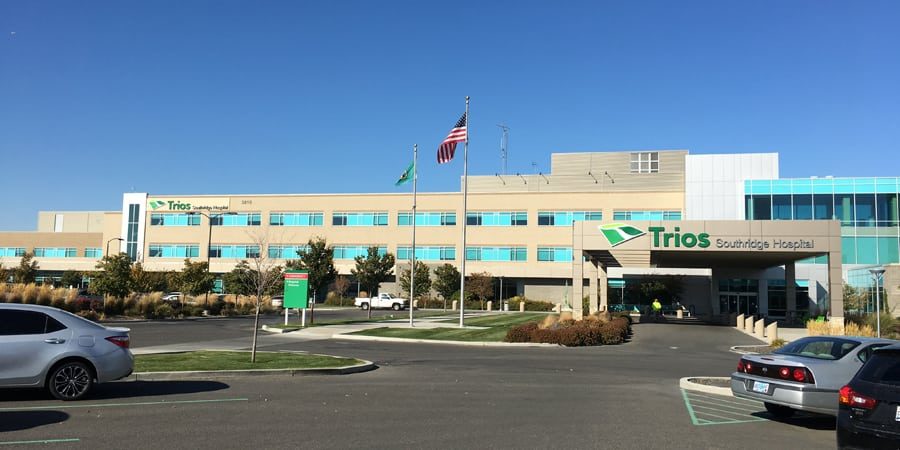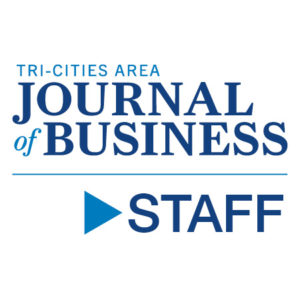
Home » More layoffs announced at Trios Health
More layoffs announced at Trios Health

September 21, 2018
Trios Health laid off 32 people this week.
The reduction in force at the Kennewick hospital was necessary because staff outnumbered need, based on national standards and existing patient census numbers, according to a Trios press release.
Trios’ August hospital admissions were down nearly 25 percent compared to the same time last year. Hospital inpatient surgeries in August were down 13 percent compared to 2018 and outpatient procedures were down 22 percent.
The number of physicians employed by the Trios Medical Group also declined by 12 percent over the past year.
The reduction in force represented about 4 percent employees, according to a Trios news release.
Individual meetings were held between the employee and a hospital leader. Then, employees, accompanied by their manager, met with representatives from hospital’s human resources team.
All affected employees will receive severance pay and most are eligible for continued benefit coverage through COBRA.
“As you would expect, this has been an incredibly challenging day for our team, especially for the affected colleagues. The uncertainty brought on by the significant financial challenges and bankruptcy resulted in physicians leaving the area, patients choosing to go elsewhere for care, and minimal investment in services and physician recruitment,” said John Solheim, CEO of Trios Health, in a statement.
RCCH HealthCare Partners of Tennessee bought Trios Health in August, rescuing the beleaguered hospital district from bankruptcy.
The hospital is now operated as a joint venture between RCCH HealthCare Partners and UW Medicine, called RCCH-UW Medicine Healthcare Holdings LLC.
RCCH HealthCare Partners also bought Lourdes Health Network in Pasco on Sept. 1.
The Trios Health sale came less than a year after the hospital district filed for Chapter 9 bankruptcy protection. The court-approved restructuring plan reduced the company’s pre-bankruptcy debt by about $350 million.
The hospital district faced a financial crisis and had more than 3,000 creditors holding about $221 million in claims, according to court documents. These creditors included bondholders, real and personal property lessors and lenders, current or former employees and retirees, political subdivisions or state or federal agencies and others.
Local News
KEYWORDS september 2018




